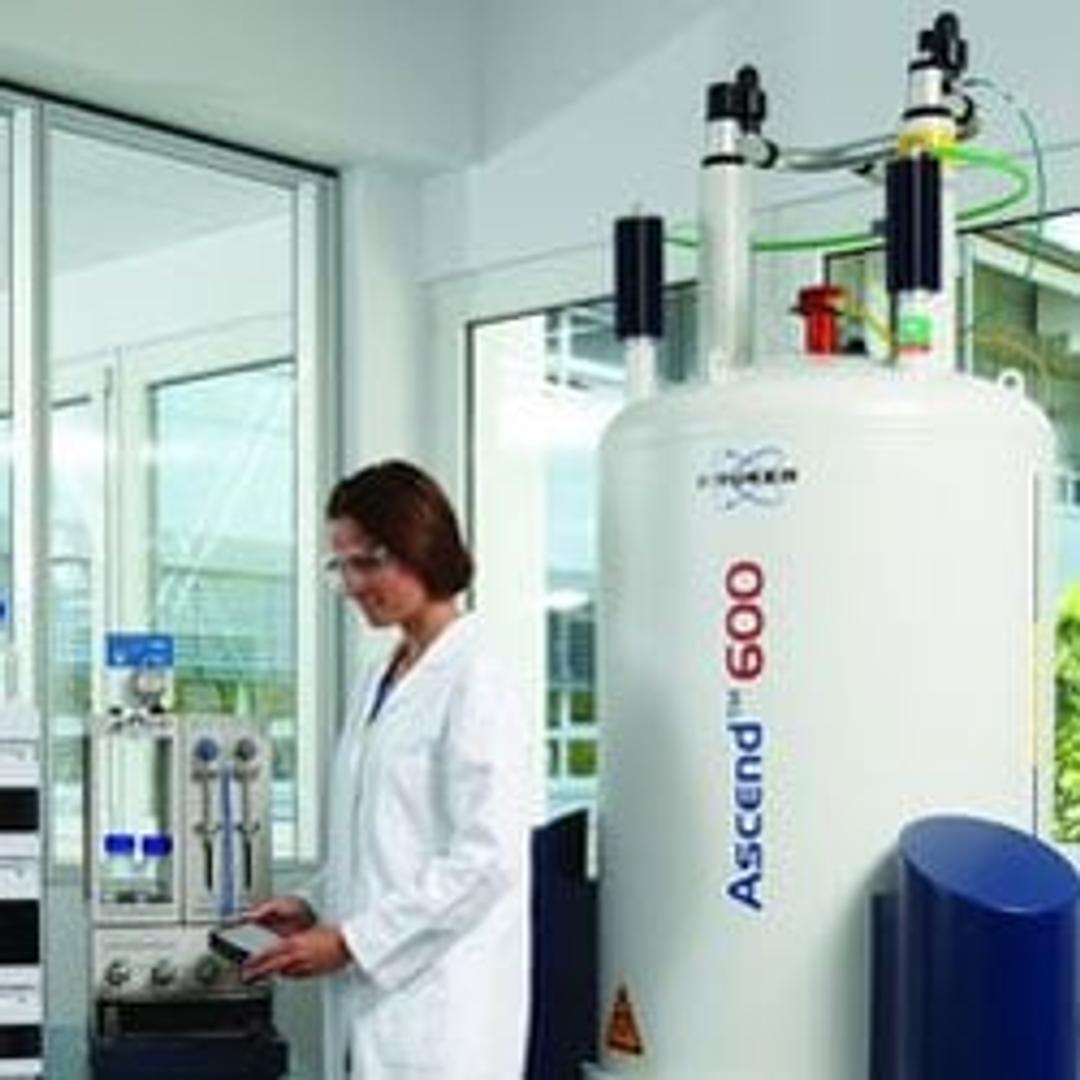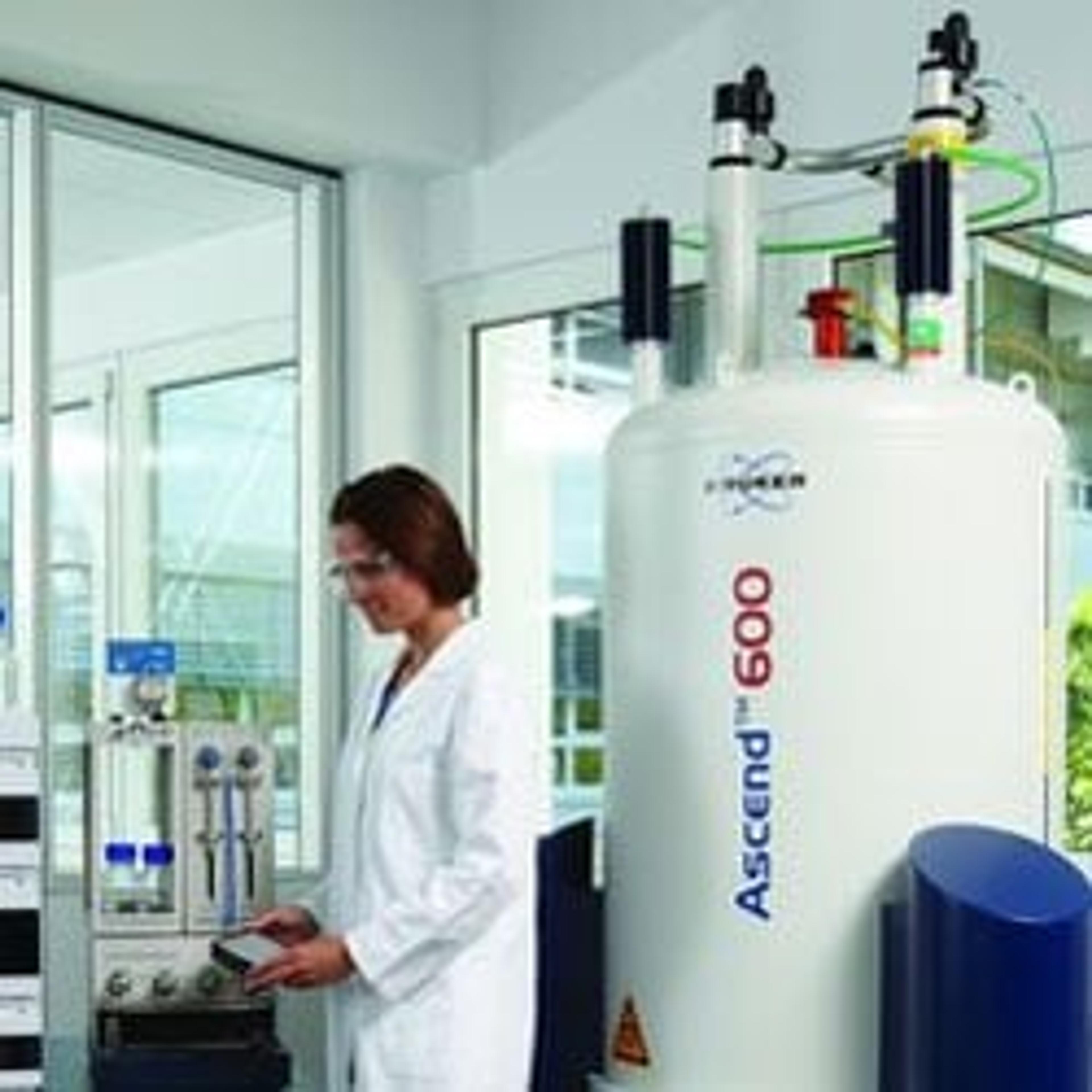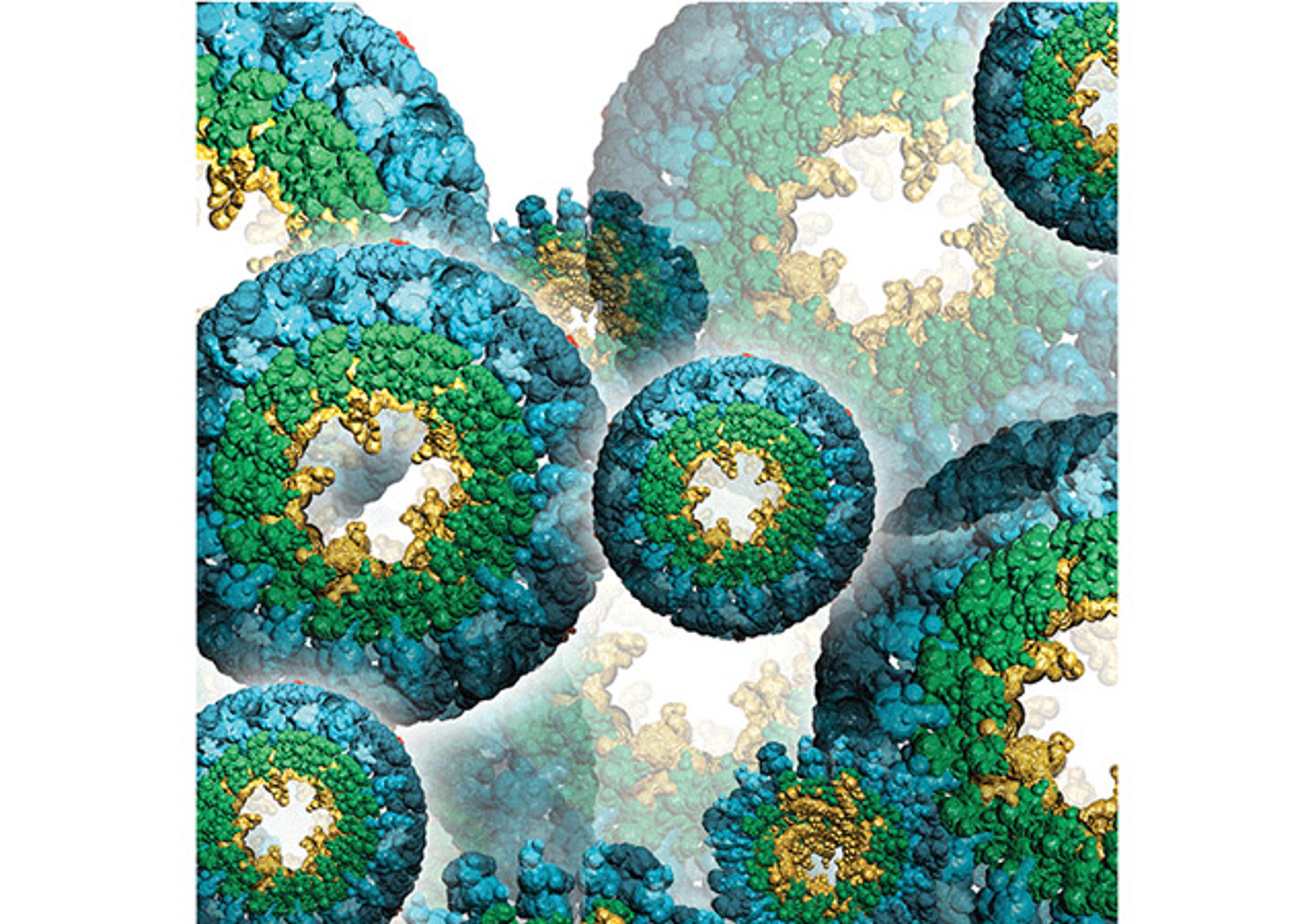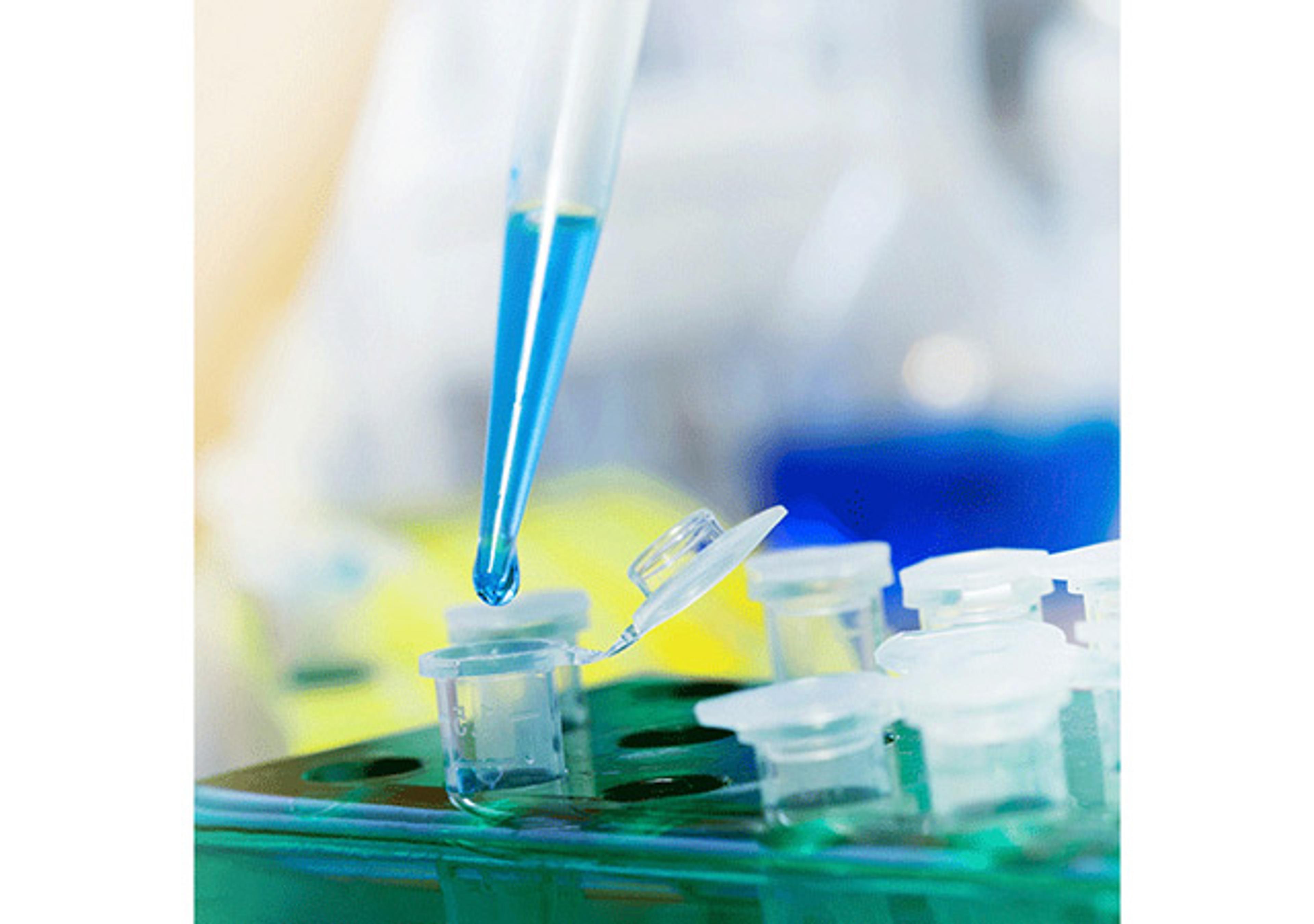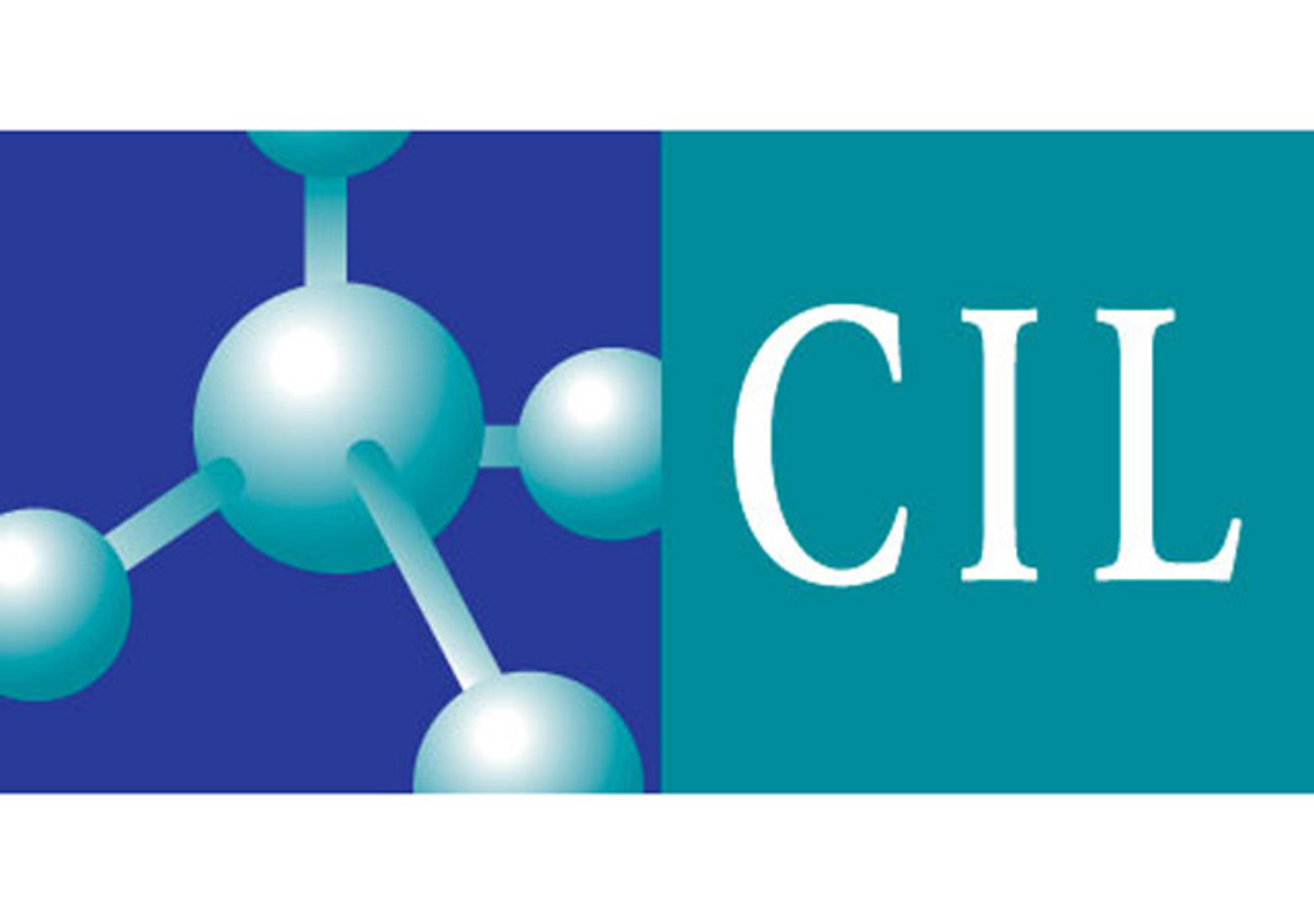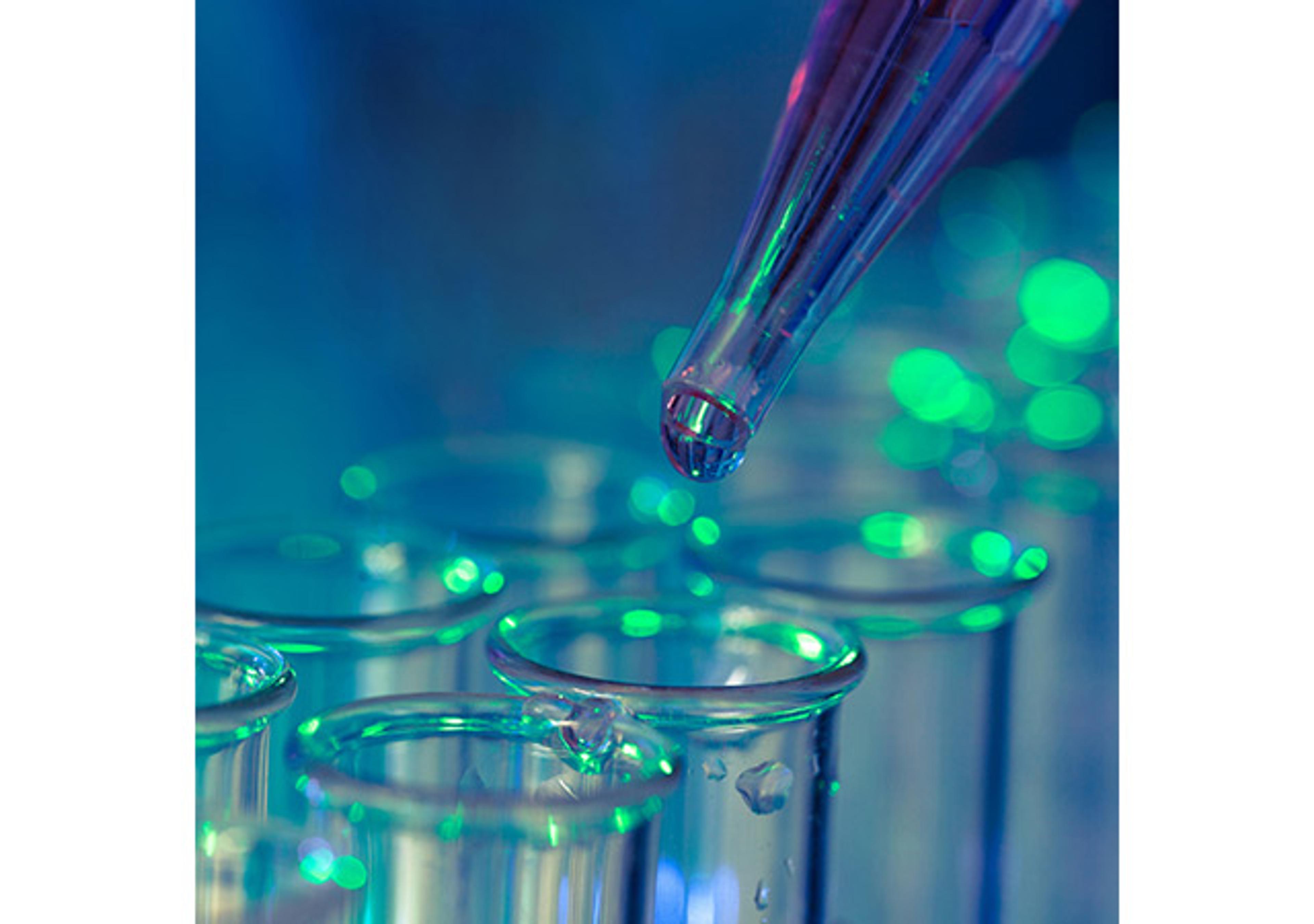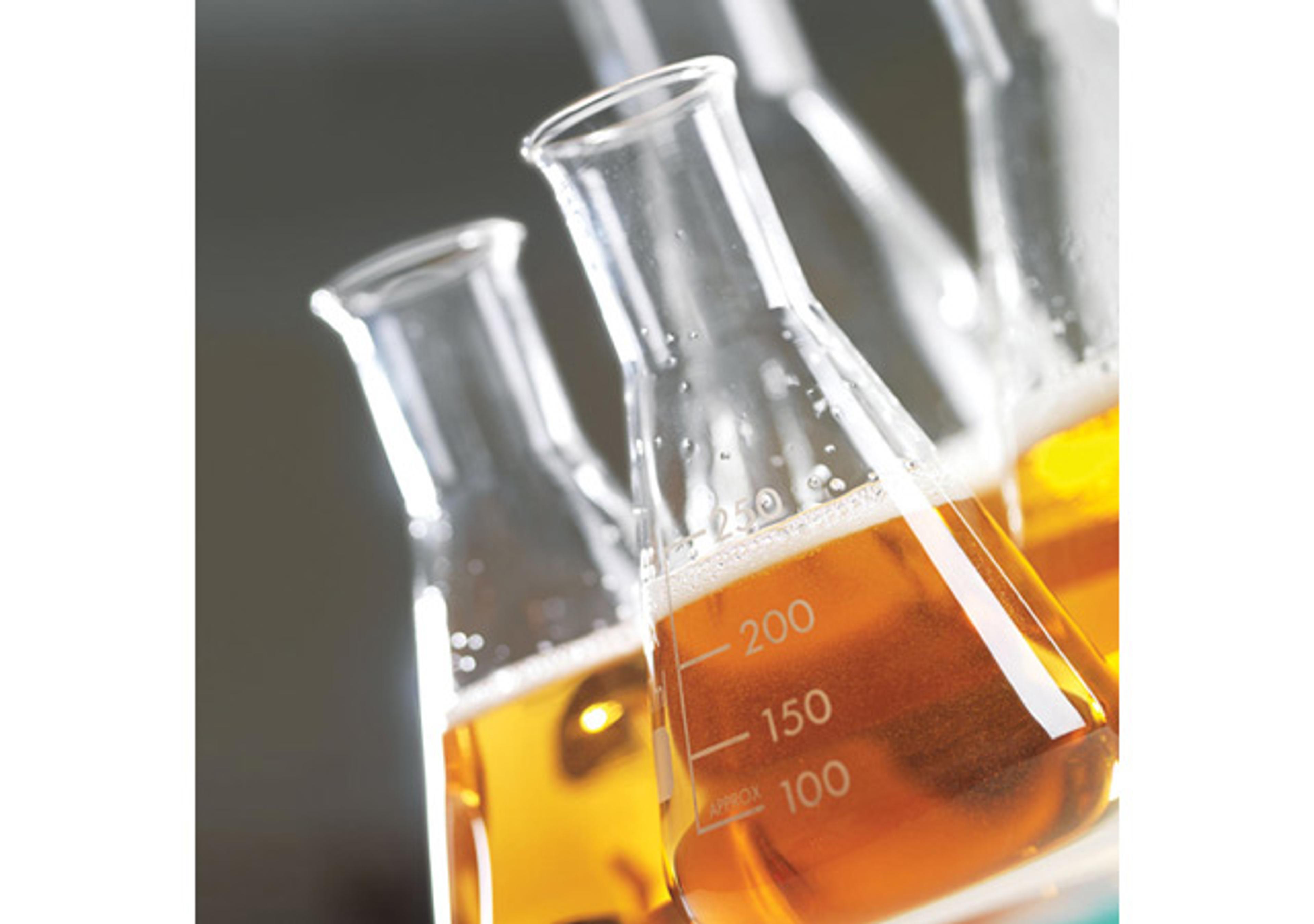LC-NMR
Interfacing Chromatography to NMR
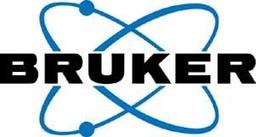
The supplier does not provide quotations for this product through SelectScience. You can search for similar products in our Product Directory.
Hyphenated analytical techniques combining mass spectrometry and chromatography are well established laboratory tools. The combination of chromatography and NMR has also made its way into the analytical laboratory. Further developments even combine all three techniques into an LC-NMR/NMR-MS system and the introduction of solid phase extraction as efficient interface between chromatography and NMR. In principle, two different main workflows are possible.
The chromatography system can be coupled more or less directly to the NMR spectrometer. The sample is transferred into the NMR “as is”, that is, it arrives with the concentration and the solvent as supplied by the chromatography system. The sample can be transferred during the chromatographic separation and the NMR spectra are then acquired either in on-flow mode (continuously, while the chromatography is running), alternatively the NMR spectra are acquired under static conditions. For this purpose a selected peak is parked in the NMR probe and the chromatography is paused (stop-flow). Alternatively the peaks are intermediately parked in sample loops and transferred to the NMR after the end of the chromatographic separation (loop-storage transfer).
In the latest development in LC-NMR, solid phase extraction cartridges are used to immobilize selected peaks after the chromatographic separation. The chromatography solvents are removed and the samples are eluted with fully deuterated solvents from the cartridges into either an NMR flow probe or into standard NMR sample tubes.
The standard trapping/elution process on an SPE cartridge already provides a concentration of the sample that leads to a 100% sensitivity gain compared to LC-NMR. In addition the chromatography can be repeated to multiply the sample content of the cartridge prior to the elution into the NMR. This easily supplies enough material for more demanding inverse experiments or the detection of very low concentrated compounds.

